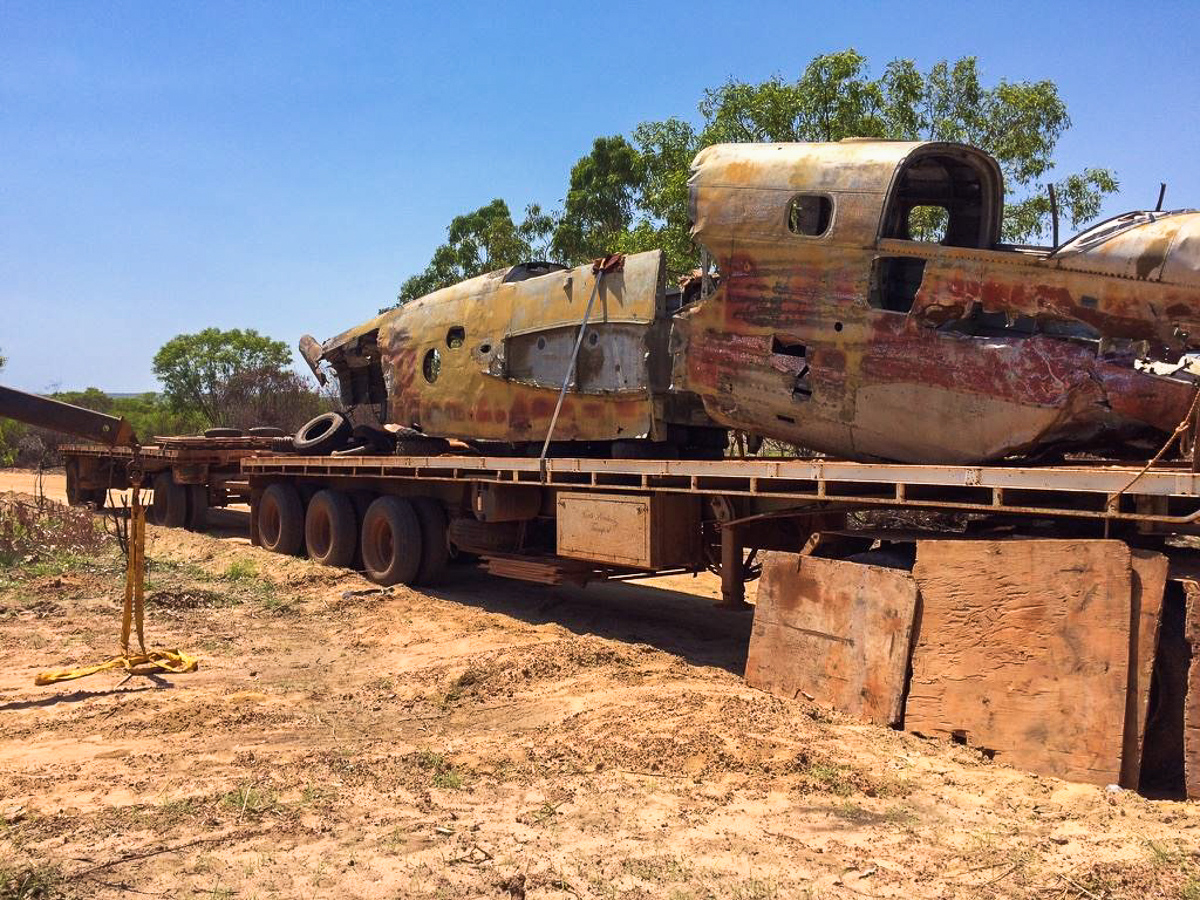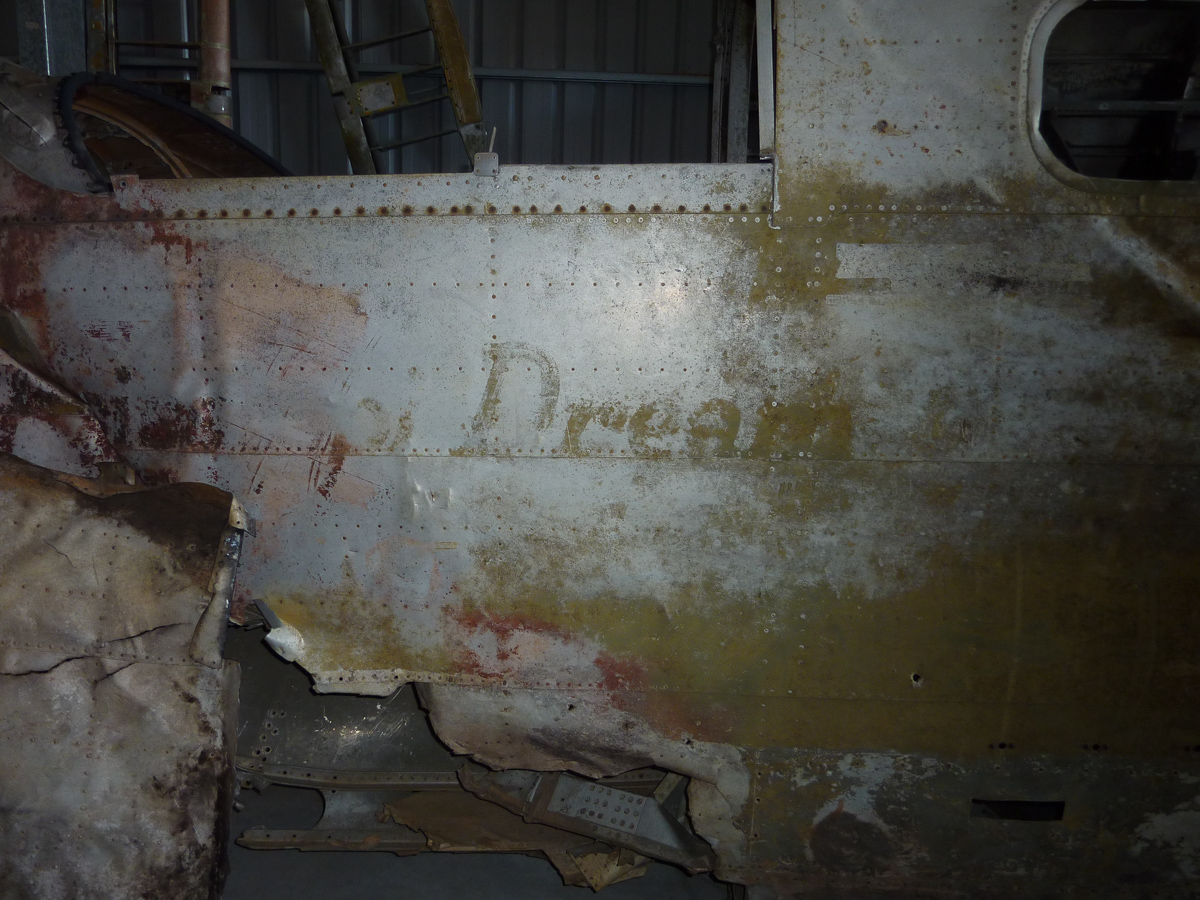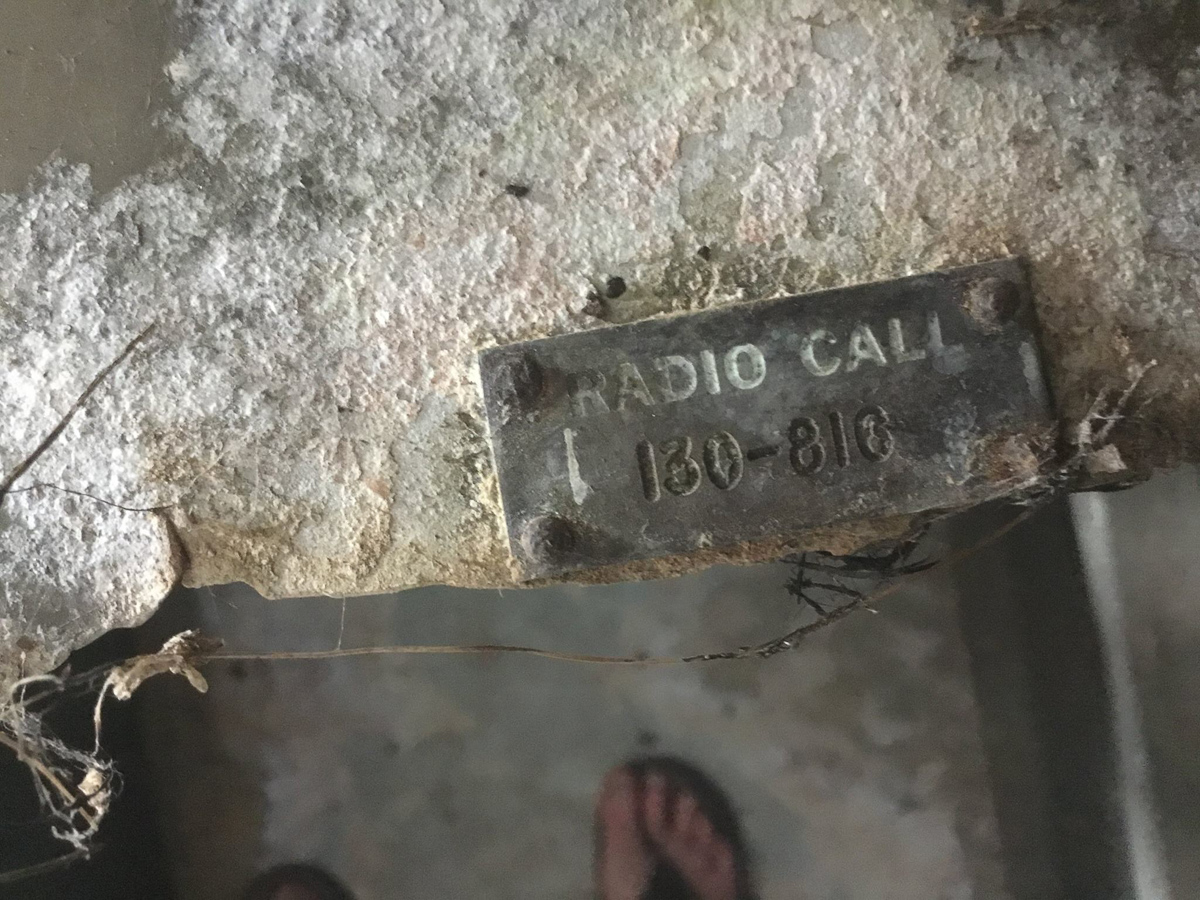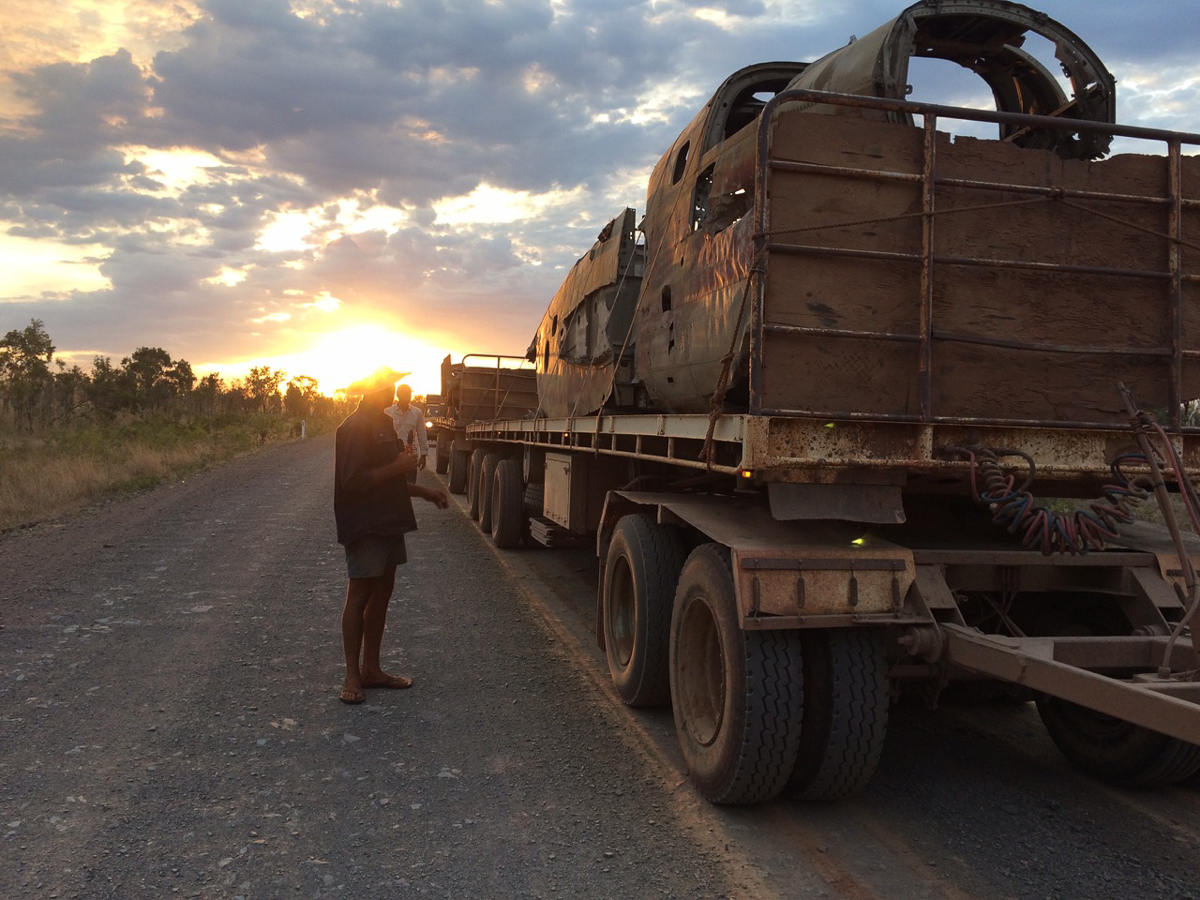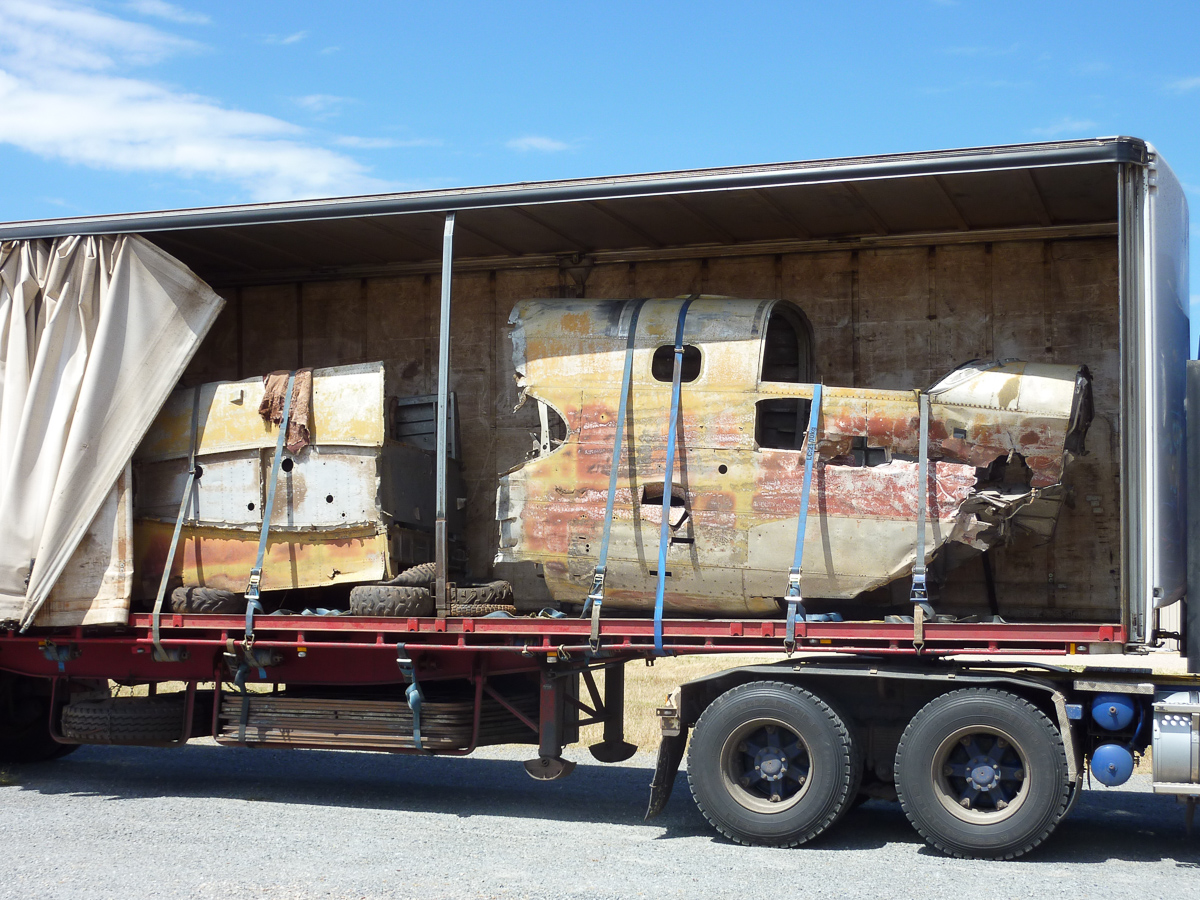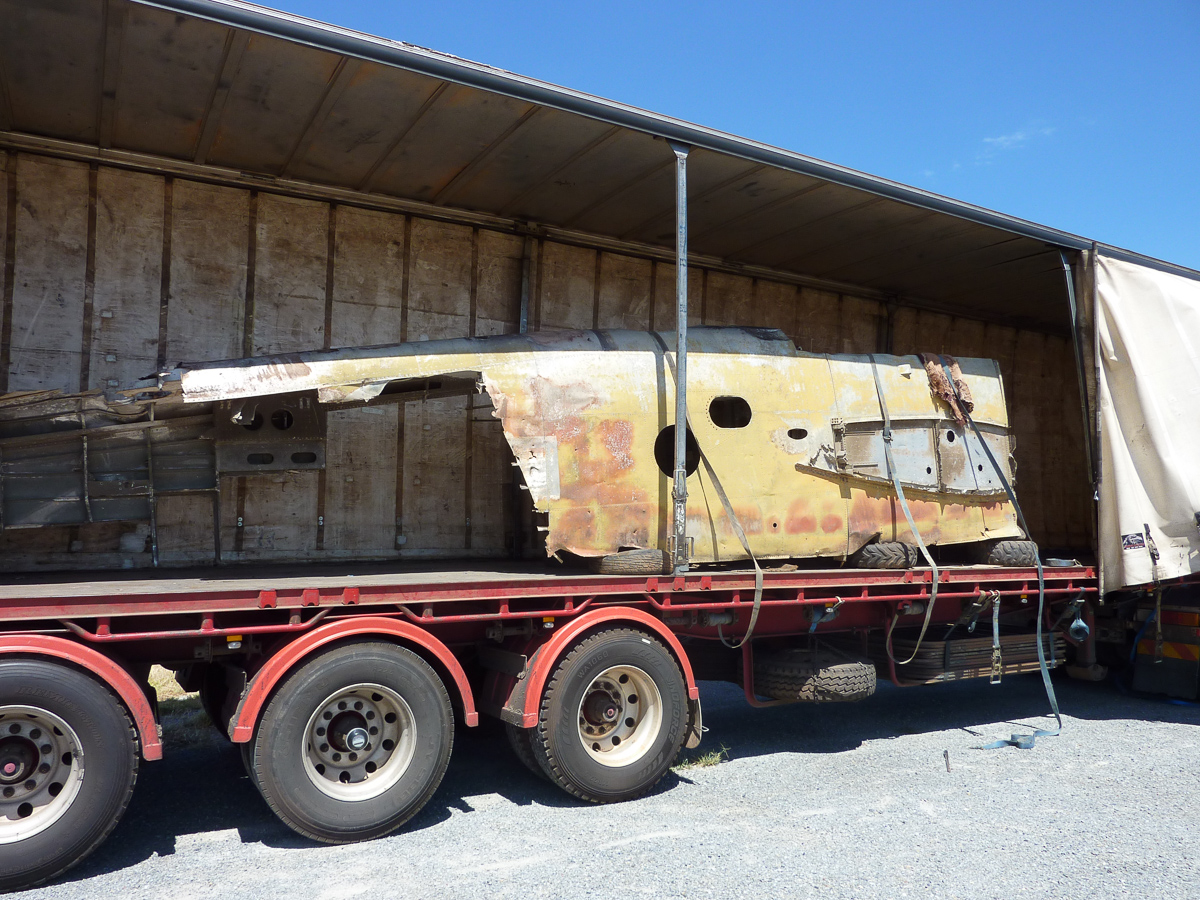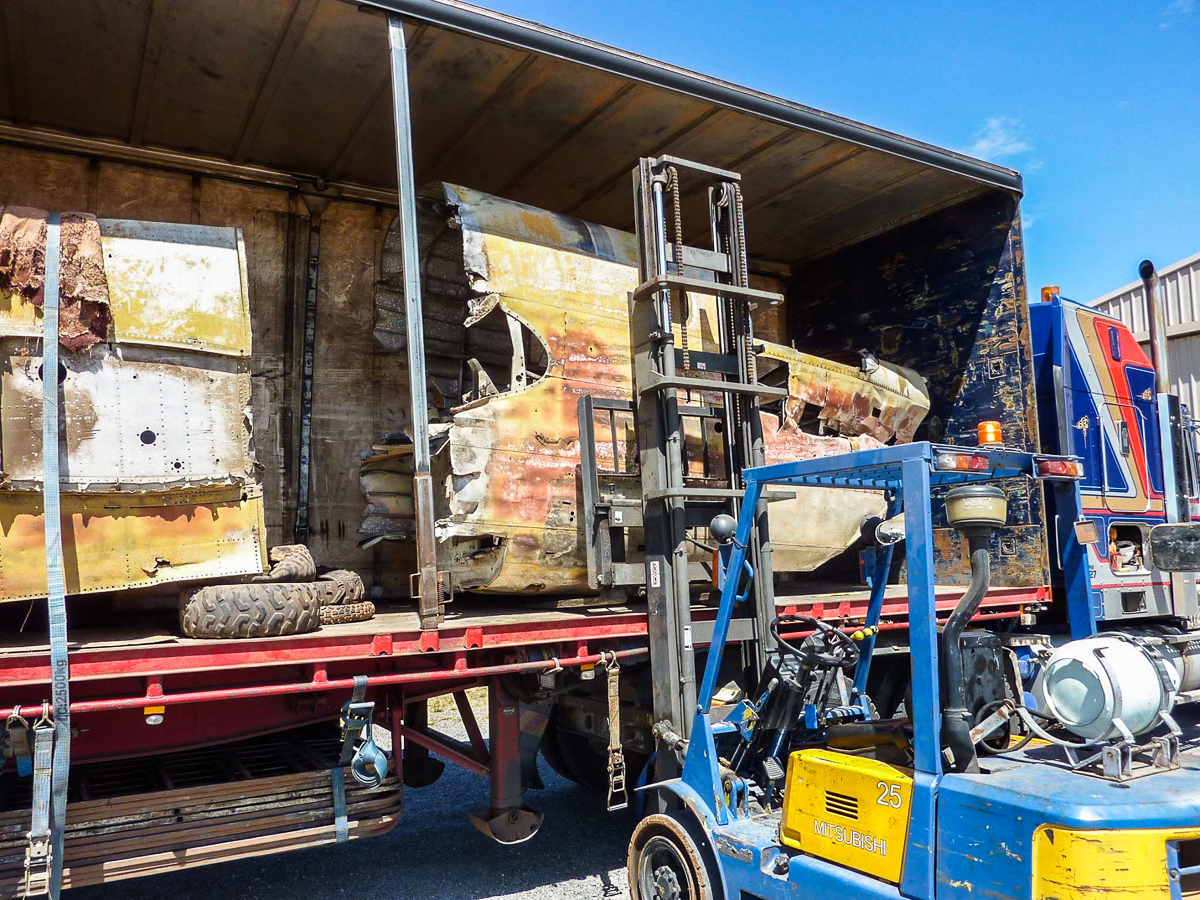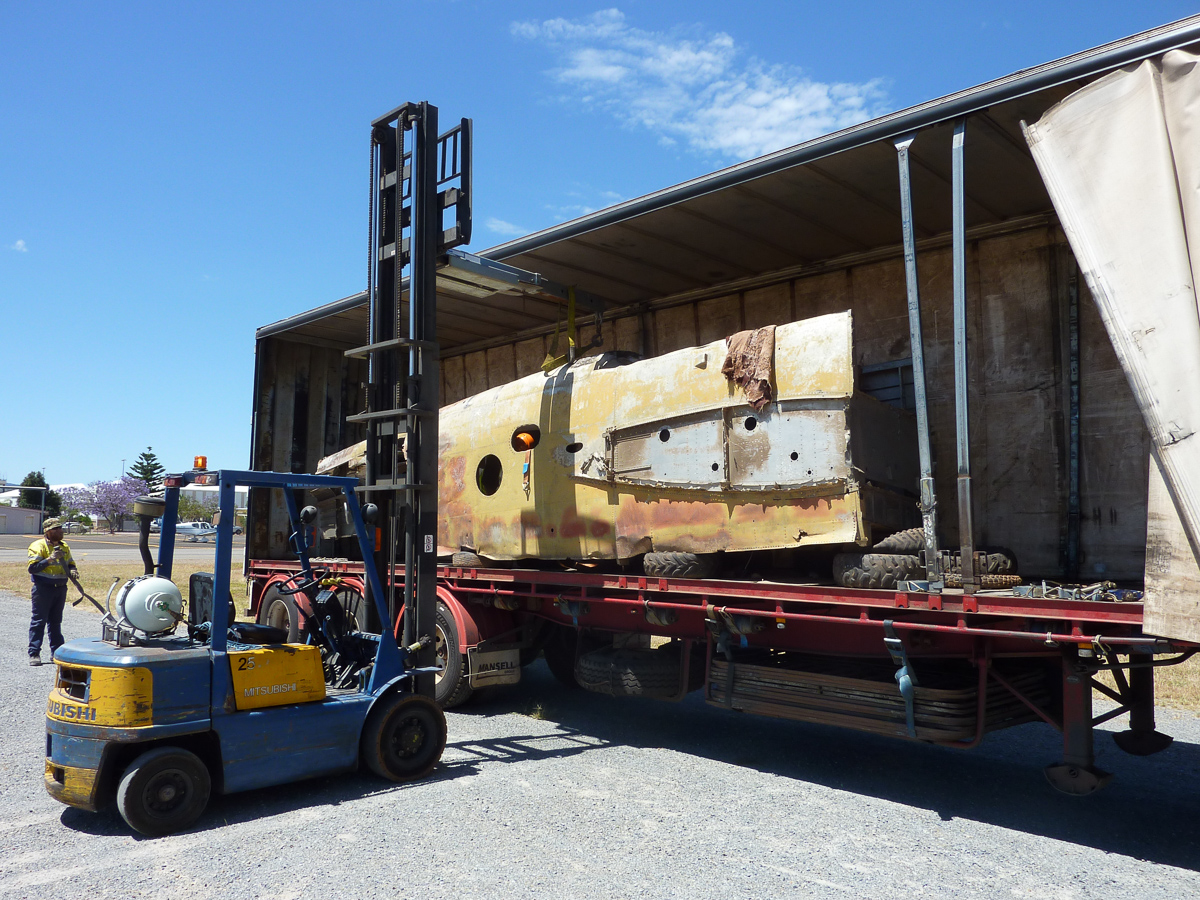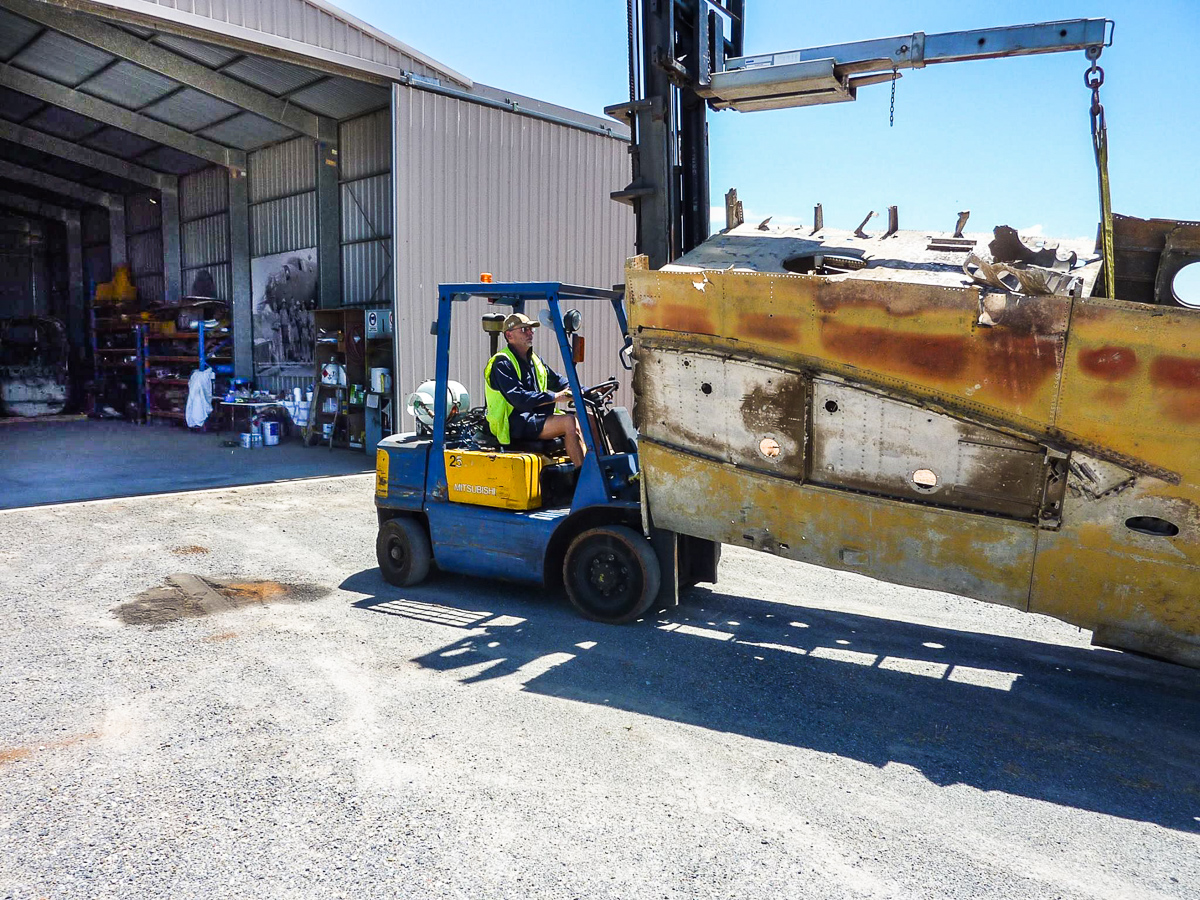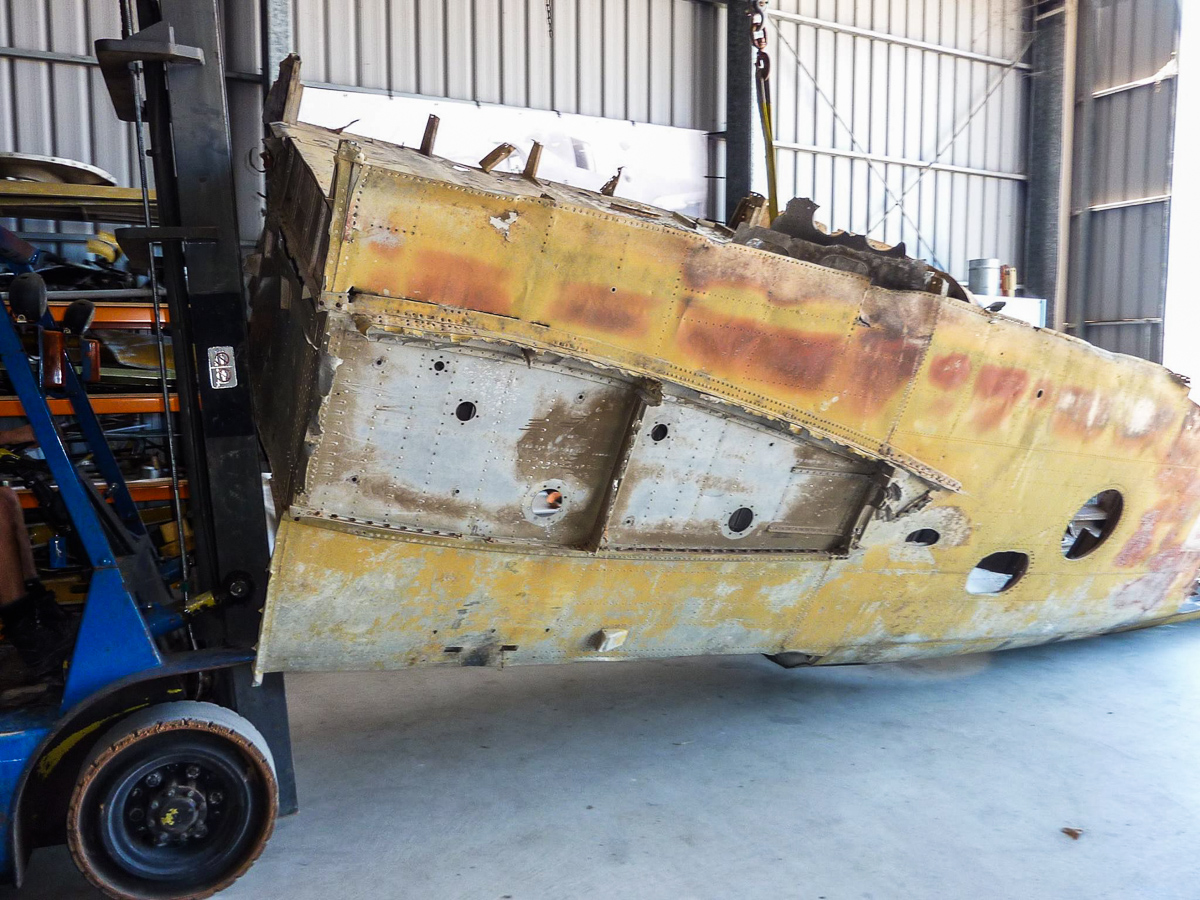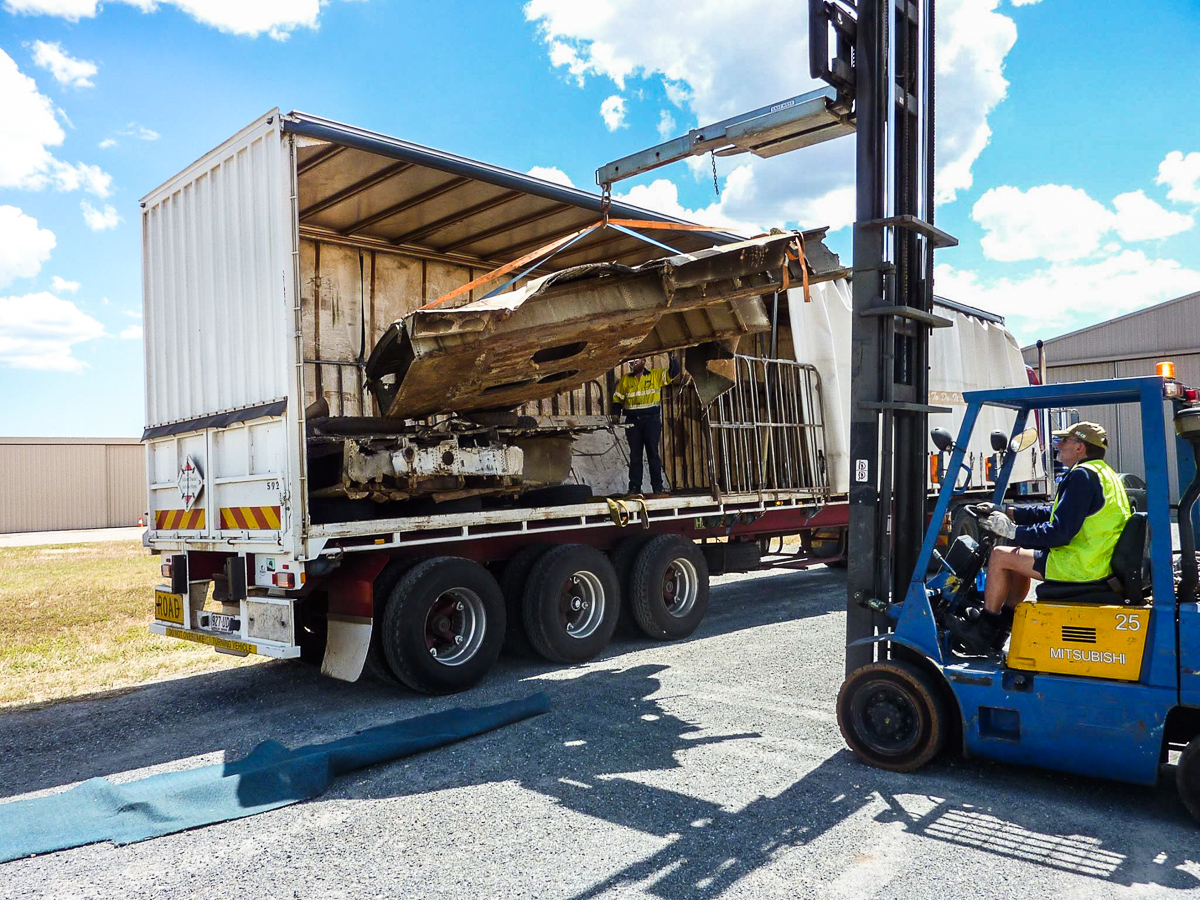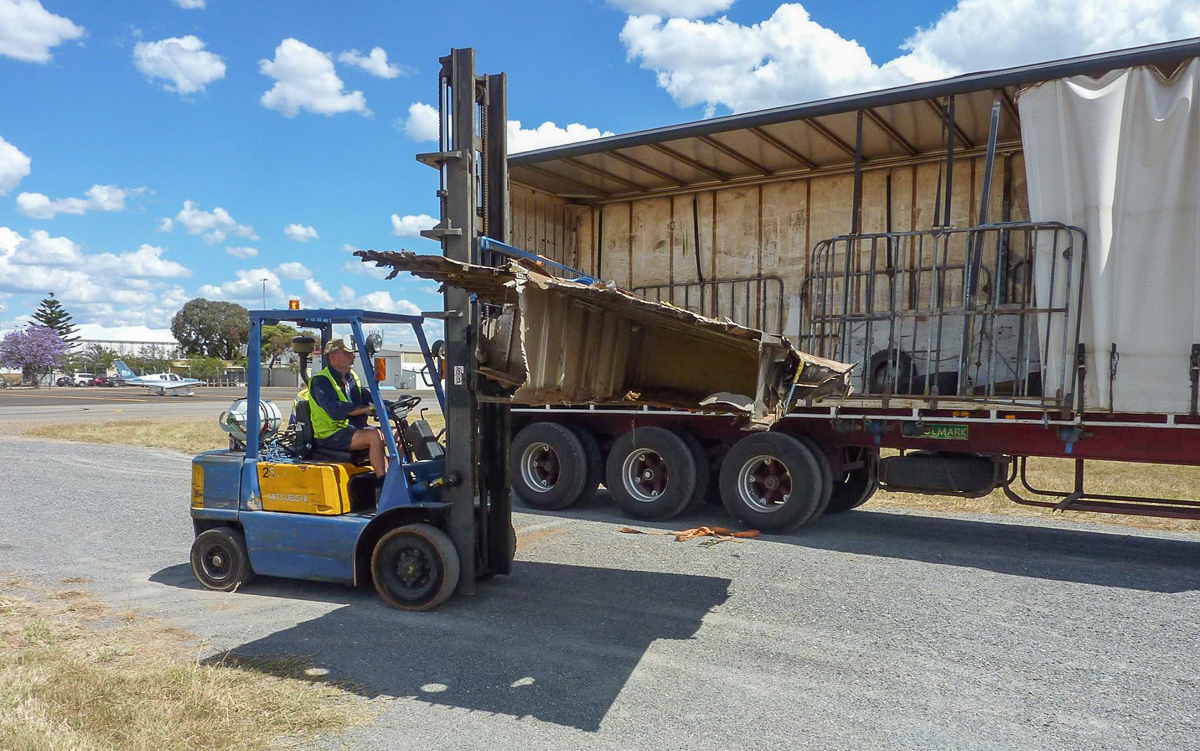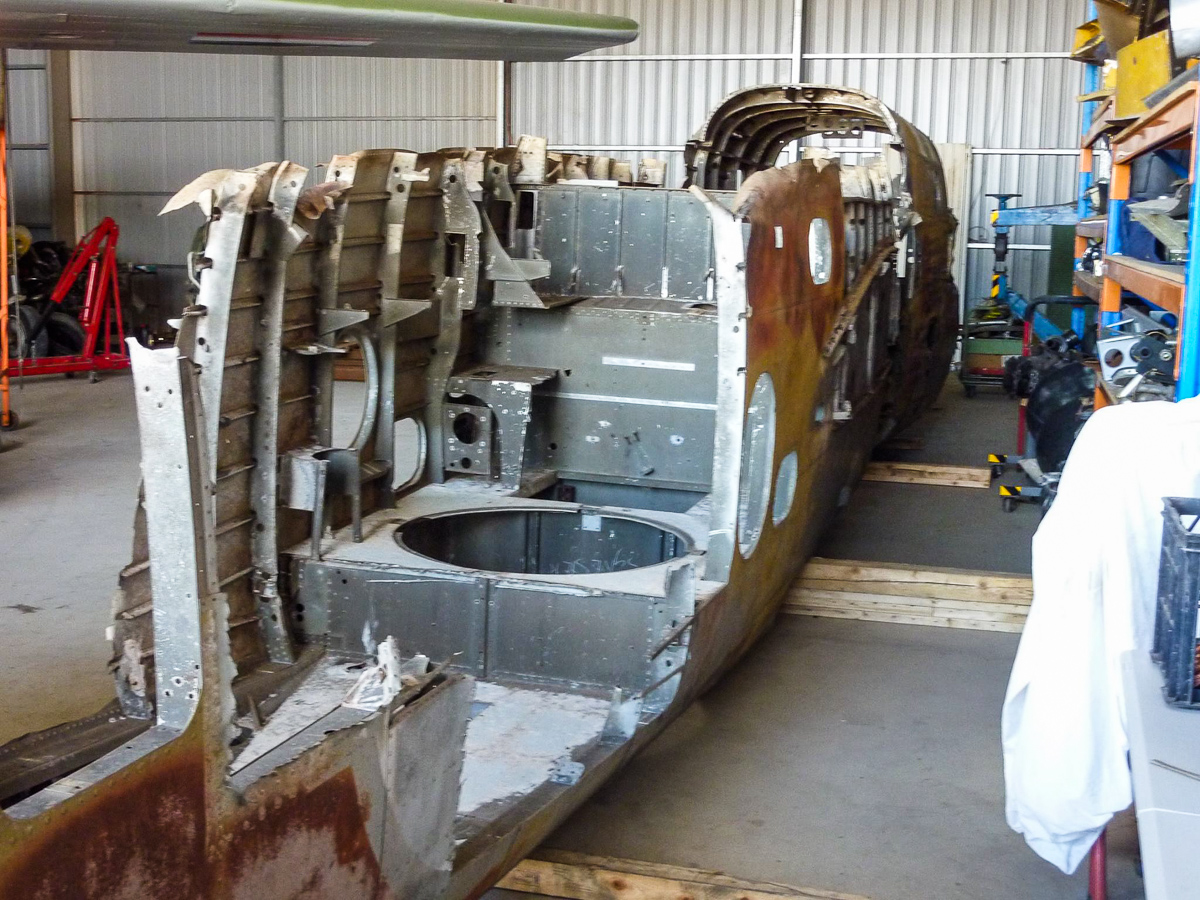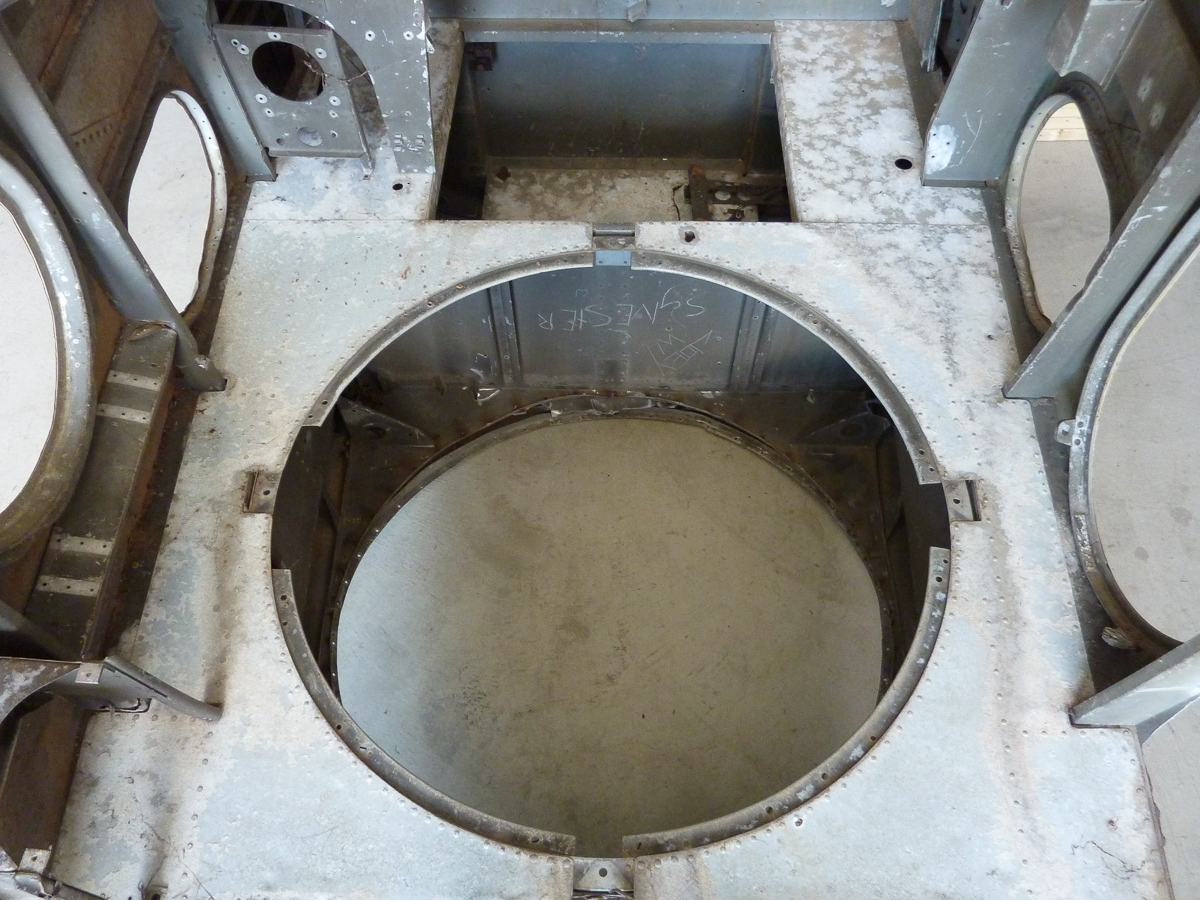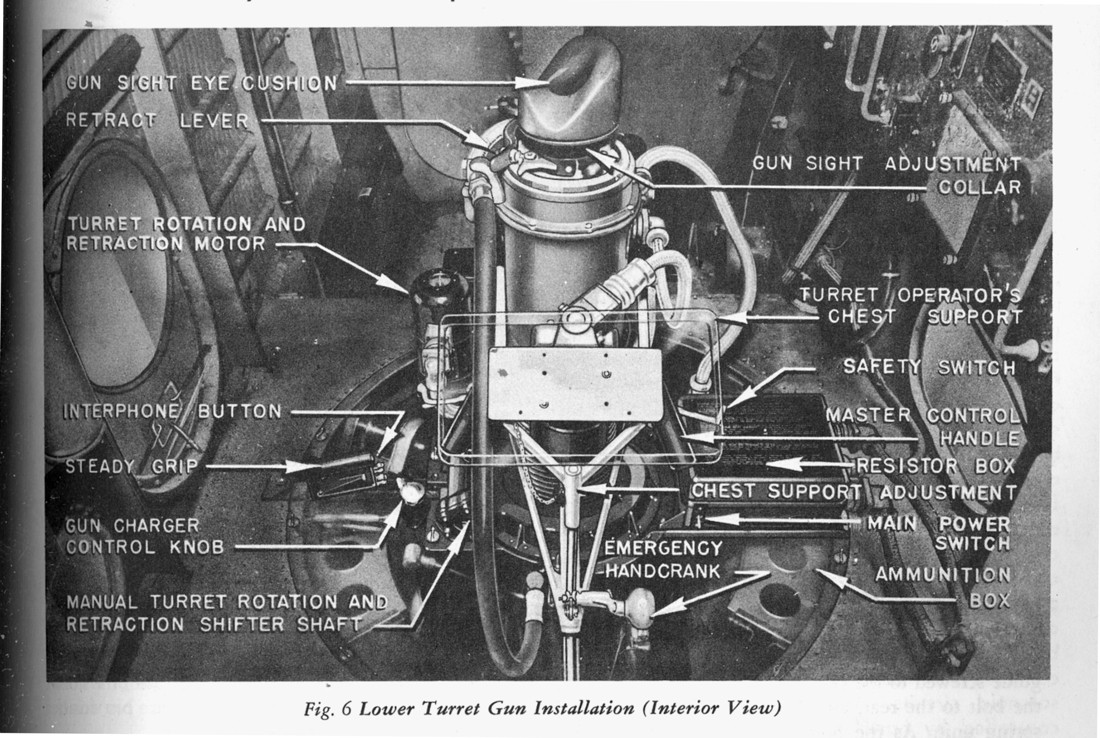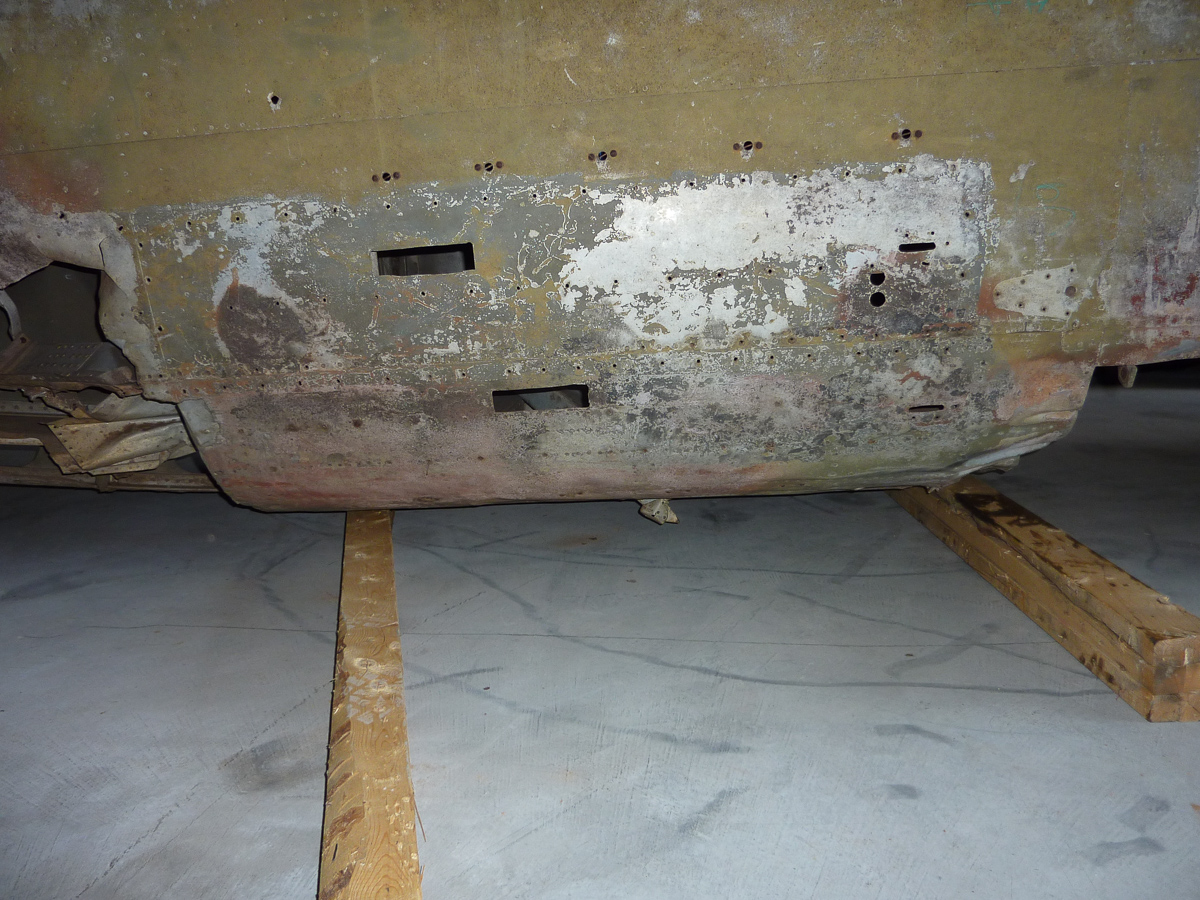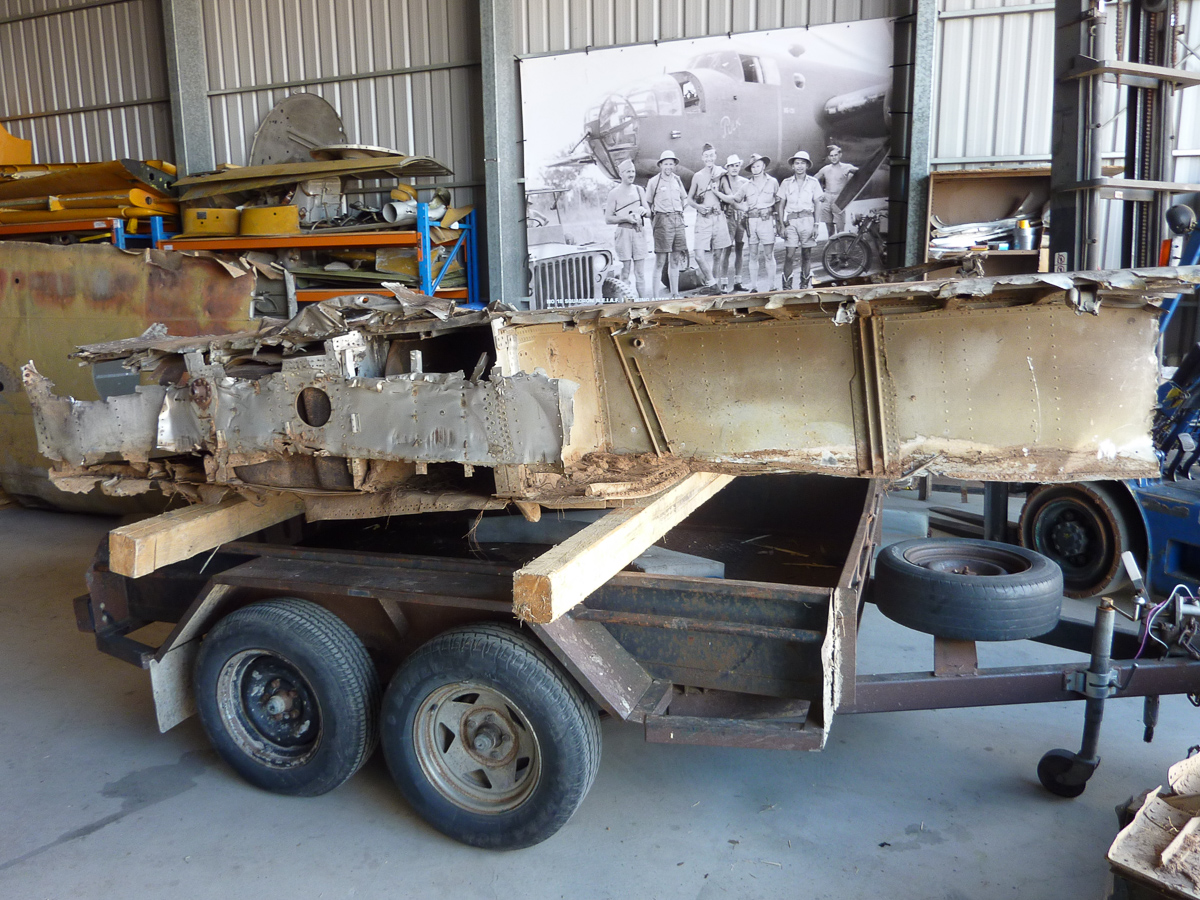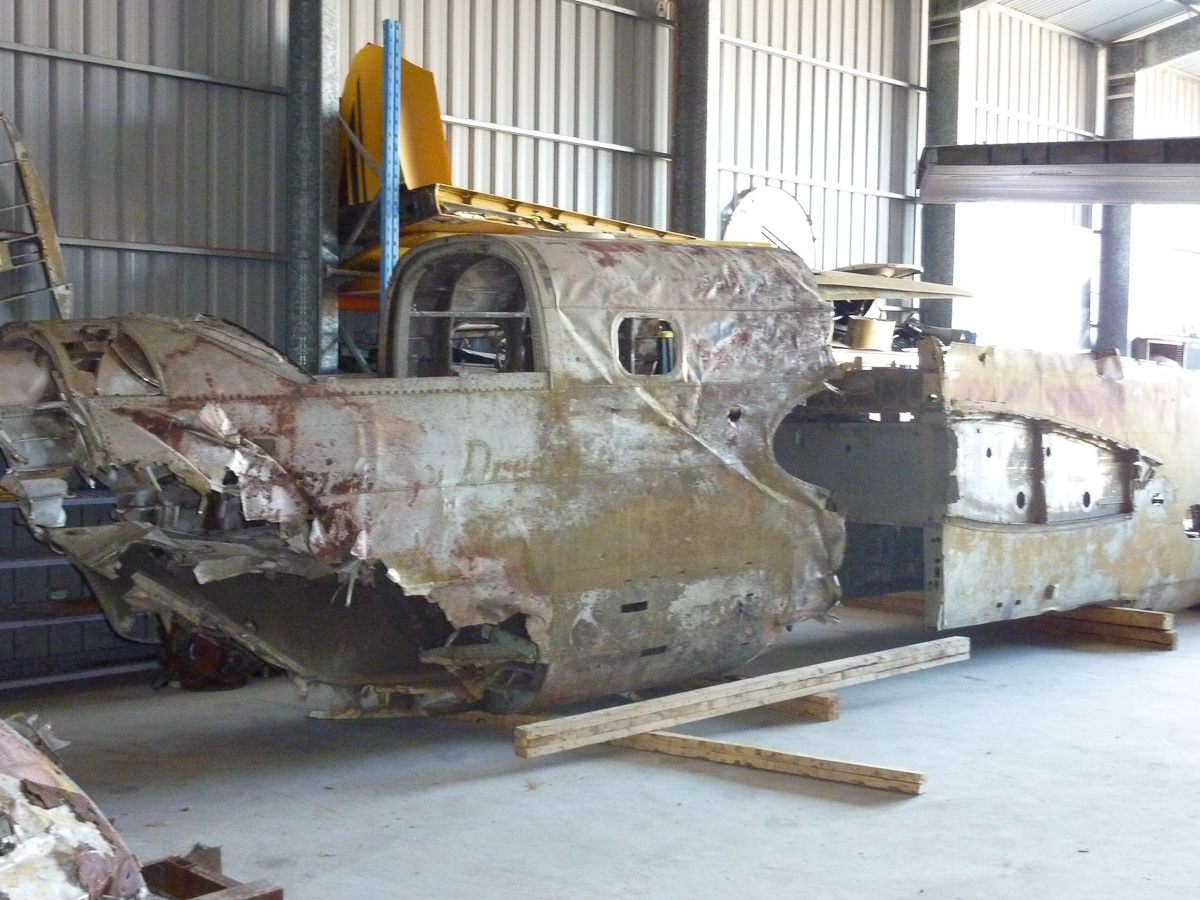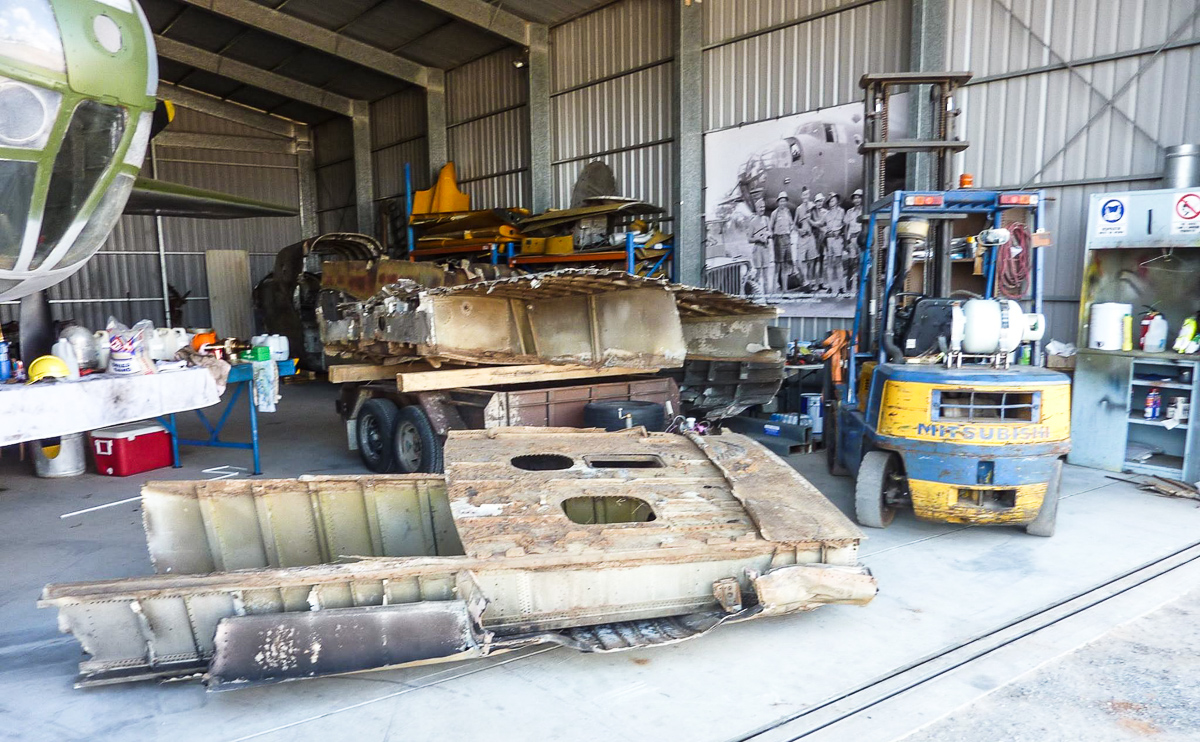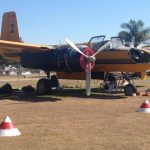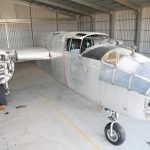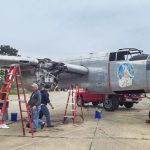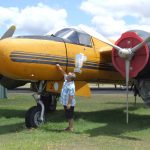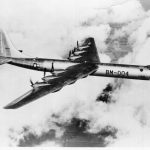Reevers Warbirds has done it again; they have successfully rescued a North American B-25 Mitchell from an uncertain fate, where many had previously tried and failed. This time, after significant effort, they have recovered the substantial, though badly chopped up remains of a WWII combat veteran Mitchell which served with a Dutch unit in the Royal Australian Air Force. The aircraft is B-25D-20, construction number 87-8981. She took the USAAF serial 41-30816 before export under Lend Lease to Australia to join 18 Squadron, Netherlands East Indies Air Force, which was then a joint Dutch-Australian medium bomber unit under the command of the Royal Australian Air Force. The squadron formed alongside two sister NEIAF bomber units at RAAF Canberra in April, 1942. Their mandate was primarily to take the war to the Japanese forces which had invaded the Dutch colony then known as the Netherlands East Indies (now the independent nation of Indonesia). Reevers’ B-25 joined 18 Squadron at Batchelor Airfield, just south of Darwin, Northern Territory on September 24th, 1943, becoming plane number N5-161. Faint markings on her cockpit skin indicate the aircraft bore the nickname Mississippi Dream, which likely refers to the training many Dutch aviators received in WWII at Hawkins Field in Jackson, Mississippi. The remains of this Mitchell, are the most significant surviving elements of any 18 Squadron NEIAF B-25s left in Australia. That being said, a handful of former NEIAF Mitchells made it into the post-independence Indonesian Air Force and survive on display in that country.
Military records indicate that Mississippi Dream, under command of Lt. J.A.Deknatel, suffered a nose gear collapse while landing at Drysdale Airfield in Western Australia on December 8th, 1943. Thankfully none of the crewmen were seriously hurt, but the mishap did take a serious toll on Mississippi Dream. No.4 RAAF Repair and Salvage Unit (RSU) dispatched a team from Pell Field, near Darwin to assess the damage, but they quickly concluded that the Mitchell was beyond economic repair. The military officially struck her off charge on January 14th, 1944. A recovery crew stripped the Mitchell of any useful parts, and pushed what remained into the weeds at Drysdale. And there her chopped up hulk remained, battered by time and the elements… not to mention more than a few vandals and souvenir hunters. By the time Reevers obtained what remained, the Mitchell was barely recognizable, but she was still worth salvaging. Following months of negotiations and planning, Reevers volunteers were able to recover the Mitchell, and truck her back the two thousand or so miles to their home base in Parafield, near Adelaide, Southern Australia.
Now, with this important effort to get the Mitchell under cover, and finally protected from the elements and scrappers, Reevers will focus on getting their Douglas A-26 Invader airworthy again. However, Reevers will get to Mississippi Dream before too long. A team is assessing the remains right now in fact. For now, they will display the aircraft in as-found condition, but there is also talk of repairing the cockpit section for a static display in the not-to-distant future. Interestingly, this B-25D still has the well-preserved fuselage fitting where the retractable, remotely operated, ventral turret sat. This is an extremely rare feature on surviving Mitchells, as the turret proved ineffective in combat, and deleted in later B-25 variants.
Mississippi Dream will make a fascinating exhibit alongside Reevers’ B-25J Mitchell 44-31508, which is itself in NEIAF 18 Squadron colors, marked as N5-131 Pulk. Bravo to Reevers for having the courage to tackle this project, and to their volunteers for pulling it off!
Many thanks indeed to Phil Buckley for bringing us this story, and to Reevers Warbirds for the photographs! Our regular Antipodean correspondent, Phil Buckley, is also the media relations officer for Reevers, so we can expect many more details as they emerge in due course.
An extensive history into early Dutch B-25 deliveries/operations can be found at this website http://www.academia.edu/…/Early_NAA_B-25C_Mitchells_of_the_…
You can learn more about the Dutch B-25 operations during and post WW2 at this website – http://kw.jonkerweb.net/index.php….







